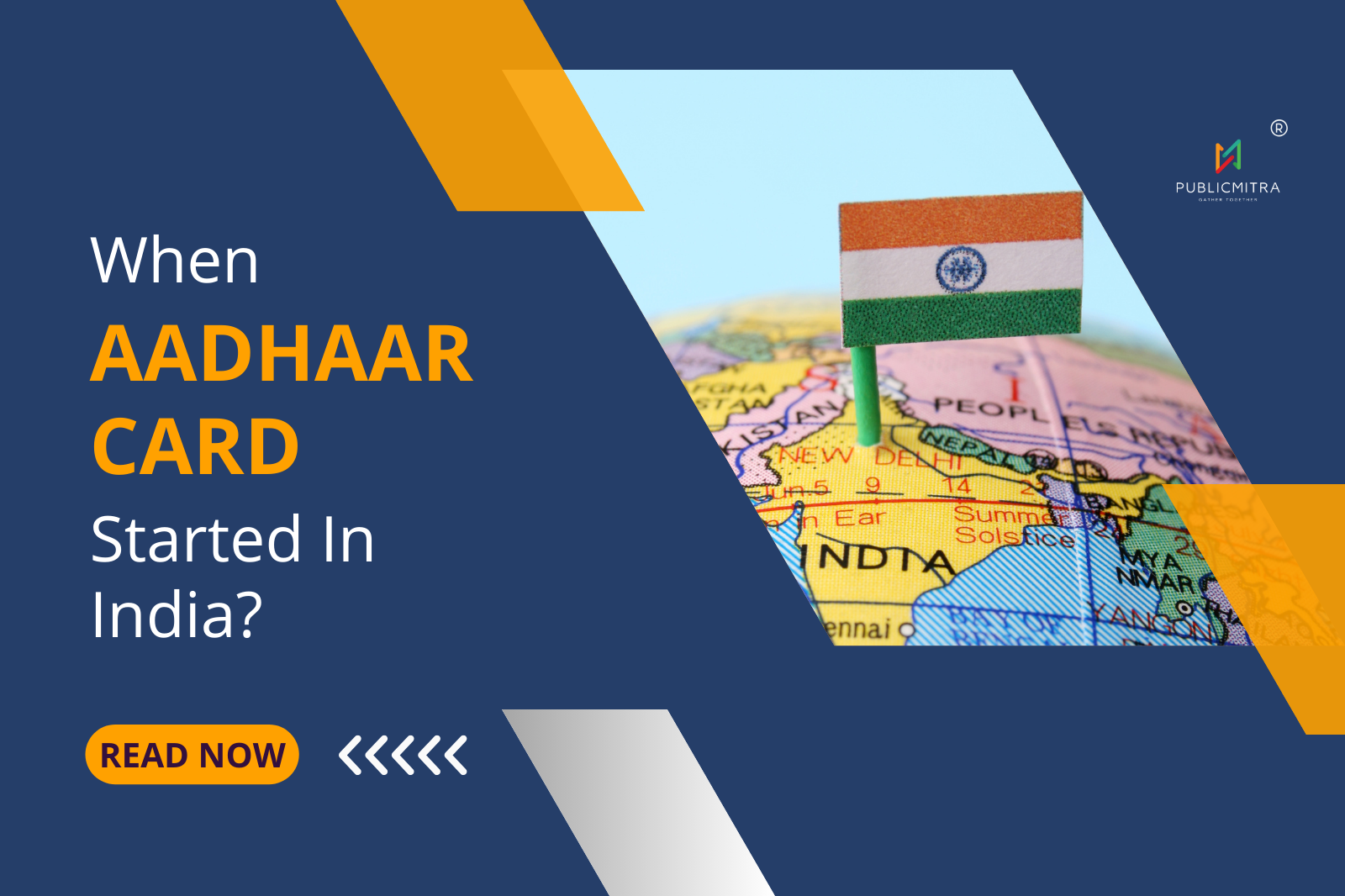When Does The Aadhaar Card Start In India?
Every country follows proper systems so as to recognize its citizens and India also follows the same rule. Here, the Aadhar card acts as the identity for every Indian. Nowadays, the need for an Aadhar card can’t be neglected as it has become quite significant. On September 29, 2010, Aadhar card project was launched in India. In simple terms, it’s a unique identification system introduced by the Indian Government to provide every Indian resident with a 12-digit number known by the name of Aadhar number on the basis of individual biometric as well as demographic data.
Aadhar card can also be downloaded online and the online version is known by the name of e-Aadhar card. Its duplicate version is available on the official website of UIDAI from where it can be downloaded easily in a suitable PDF format. The main aim of the Aadhar is to give universal identity to all residents of India and the card alone acts as proof of address, identity, and date of birth.
Aadhar Key Features
- Biometric Data: Aadhar captures the biometric data with fingerprints, iris scans, etc. at the time of the enrolment process for accurate identification.
- Demographic Data: Basic demographic information like name, date of birth, address, etc., is also carefully collected.
- Digital Identity: Aadhar number can also be used as the digital identity for numerous online as well as offline transactions.
- Unique Number: Every Aadhar number is distinct and linked to the people’s biometric and demographic information.
How the Aadhar Card Has Left a Transformative Impact on Millions of People?
In India, the Aadhar card system has left a transformative impact on everyone’s lives in numerous ways. Let’s explore how!
- Financial Services: The Aadhar card has made it simpler for a number of people to access loans, any insurance, as well as other monetary services. Lenders or insurers can do Aadhar-based e-KYC easily for user verification which, in turn, reduces processing time and eliminates paperwork.
- E-Governance: The Aadhar system has also integrated into numerous e-governance initiatives thus making it simpler for citizens to communicate with government agencies or access any type of services online. This, as a result, has enhanced government efficacy and transparency.
- Healthcare Services: The Aadhar card is also used in streamlining healthcare services including tracking healthcare records, patient identification, reducing medical records duplication, and guaranteeing better healthcare delivery.
- Education: In educational institutions, Aadhar can be used to track attendance, disburse scholarships, maintain exact student records, etc.
- Reduced Identity Fraud: The biometric authentication of Aadhar cards has reduced the prevalence of identity fraud. Now it’s pretty challenging for people to imitate others or make fake identities for any type of fraudulent purpose which has secured the interest of many people.
- Financial Inclusion: Before the initiation of the Aadhar card, half of the population won’t have complete access to banking services. Aadhar has played an imperative role in financial inclusion simply by making it easy for people to open their bank accounts. The 12-digit unique identification number has enabled people to manage their finances, access quick formal banking services, save their money securely, and so on.
In short, Aadhar has improved millions of lives by enhancing access to essential services, promoting financial inclusion, reducing corruption, and much more.












